Lidong moxibustion has the effects of warming meridians, dispelling cold, strengthening yang, and enhancing immunity. However, it should be noted that it is contraindicated for people with yin deficiency, excessive fire, skin damage, pregnant women, and other conditions. Moxibustion, as a traditional external treatment method in traditional Chinese medicine, regulates the circulation of qi and blood by stimulating specific acupoints during the storage of yang qi in winter. It is suitable for improving cold constitution and preventing respiratory diseases.
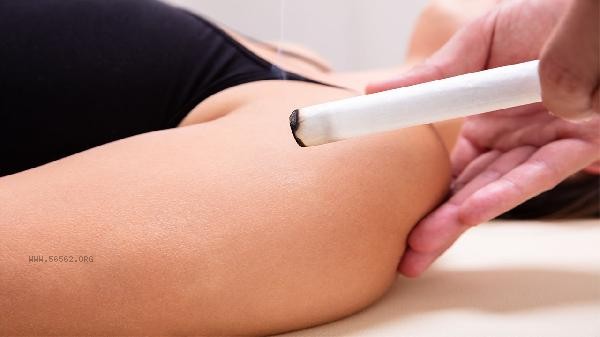
1. Warm meridians and dispel coldness
Ai Ye has a warm nature, and the heat generated by combustion can penetrate the muscle surface by 6-8 centimeters, making it particularly suitable for relieving common joint cold pain and stomach cold abdominal pain in winter. You can choose acupoints such as Guanyuan and Zusanli, and moxibustion for 15-20 minutes each time, which can promote local blood circulation and improve peripheral nerve blood supply. The combination of Sanyinjiao acupoint has a more significant effect on patients with cold dysmenorrhea.
2. Nourishing Yang and Strengthening the Foundation
In winter, the body's yang qi is restrained, and moxibustion at Mingmen and Shenshu points can stimulate kidney yang, improve symptoms of kidney yang deficiency such as soreness and weakness in the waist and knees, and frequent nocturia at night. Clinical observations have shown that regular moxibustion can increase basal body temperature by 0.3-0.5 ℃ and has a regulating effect on chronic fatigue syndrome. Suggest 2-3 times a week, with 3 consecutive weeks as one course of treatment.
III. Enhancing Immunity
Eucalyptol and other components in Artemisia argyi have antibacterial effects, and moxibustion at Dazhui and Feishu acupoints can enhance the respiratory mucosal defense ability. Research has shown that moxibustion can increase serum immunoglobulin IgG by 15% -20%, and has a preventive effect on recurrent colds and allergic rhinitis. It is advisable to apply moxibustion continuously for 5 days before and after the solar term.
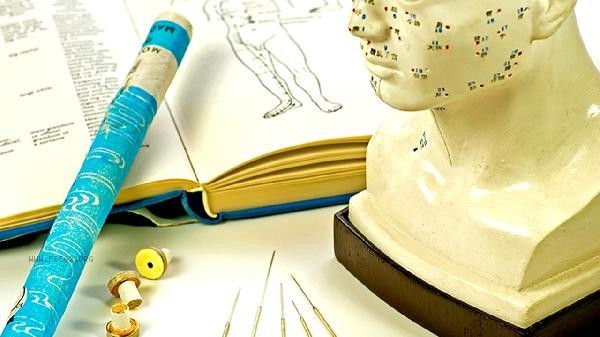
4. Taboo population
Individuals with Yin deficiency constitution may have red tongue, reduced body fluids, hot flashes, and night sweats. Moxibustion may exacerbate dry mouth and sore throat; Moxibustion at the site of skin ulcers can easily lead to infection; Stimulation of acupoints in the waist and abdomen of pregnant women may cause uterine contractions. Hypertension patients should avoid moxibustion on head points such as Baihui, while diabetes patients need to strictly control the temperature of moxibustion due to insensitive feelings.
5. Operation points
It is advisable to keep the moxa stick 3-5 centimeters away from the skin, with a warm and non burning degree. Avoid touching cold water within 2 hours after moxibustion, and drink ginger jujube tea to help promote yang energy. The frequency of moxibustion should not exceed 4 times a week, and it should be paused when symptoms such as thirst and insomnia occur. In winter, moxibustion should be applied between 9-11am when the yang energy is strong.
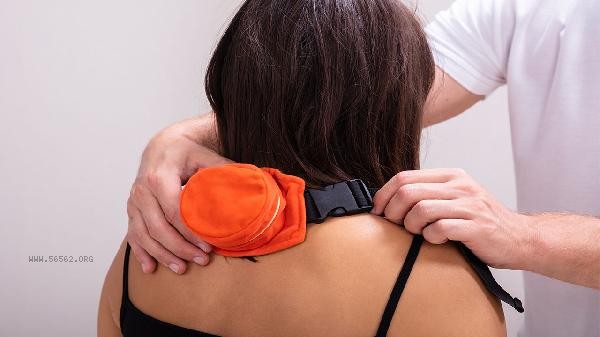
After the beginning of winter, moxibustion is recommended to be combined with going to bed early and getting up late, and consuming lamb and yam as warm and nourishing ingredients. It is advisable to maintain a stable mood before and after moxibustion, and keep the indoor temperature at 20-24 ℃. If there is discomfort such as dizziness and palpitations after moxibustion, stop immediately and press the Neiguan acupoint. Chronic disease patients should develop personalized moxibustion plans under the guidance of traditional Chinese medicine practitioners, and should not blindly pursue strong stimulation techniques such as moxibustion ulcer foaming.

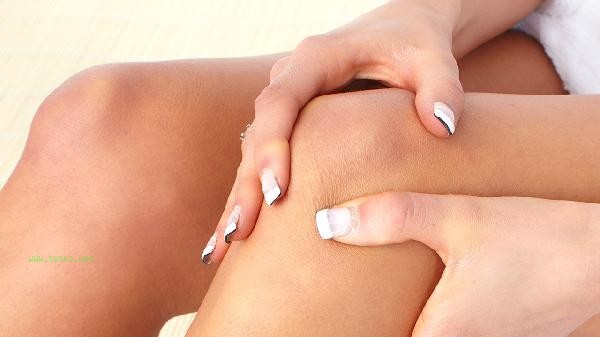
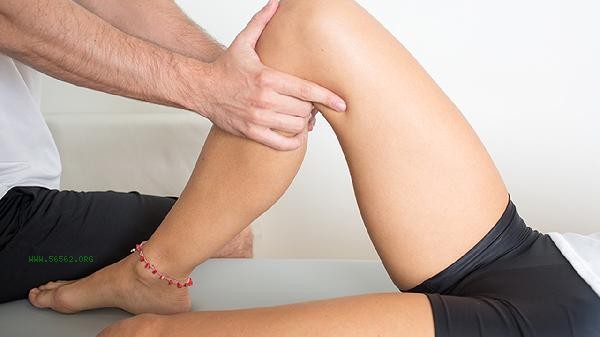
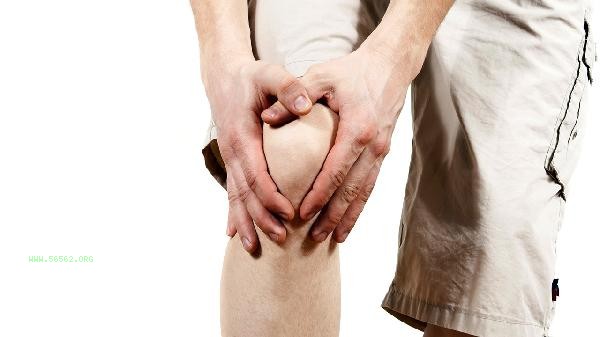
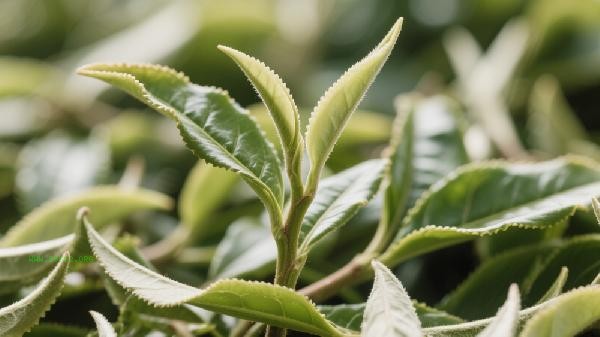
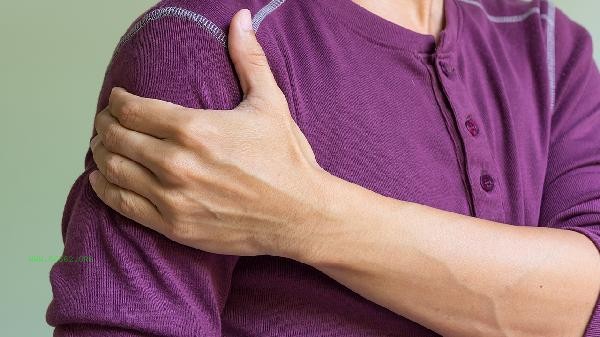


Comments (0)
Leave a Comment
No comments yet
Be the first to share your thoughts!